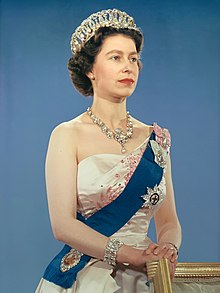
A Commonwealth realm is one of a group of sovereign states within the Commonwealth of Nations that have the same person, currently King Charles III, as their monarch and head of state. All the realms are independent of each other, although one person, resident in the United Kingdom, acts as monarch of each. Except for the UK, in each of the realms the monarch is represented by a governor-general. The phrase Commonwealth realm is an informal description not used in any law.
The style and title of the Canadian sovereign is the formal mode of address of the monarch of Canada. The form is based on those that were inherited from the United Kingdom and France, used in the colonies to refer to the reigning monarch in Europe. As various Canadian territories changed ownership and then the country gradually gained independence, the style and title of the monarchs changed almost as often as the kings and queens themselves. The mode of address currently employed is a combination of a style that originates in the early 17th century and a title established by Canadian law in 2024.
A Royal Style and Titles Act, or a Royal Titles Act, is an act of parliament passed in the relevant country that defines the formal title for the sovereign as monarch of that country. This practice began in 1876, when the Parliament of the United Kingdom passed the Royal Titles Act. By that law, and the subsequent Royal Titles Act 1901 and Royal and Parliamentary Titles Act 1927, the monarch held one title throughout the British Empire. Following the enactment of the Statute of Westminster 1931, the governments of the now separate and independent realms sharing one person as sovereign agreed in 1949 that each should adopt its own royal style and title, which was done in 1952. As colonies became new realms, they passed their own royal style and titles acts. Most of the laws were created during the reign of Queen Elizabeth II.

The monarchy of New Zealand is the constitutional system of government in which a hereditary monarch is the sovereign and head of state of New Zealand. The current monarch is King Charles III, who has reigned since 8 September 2022.

From 1910 to 1961 the Union of South Africa was a self-governing country that shared a monarch with the United Kingdom and other Dominions of the British Empire. The monarch's constitutional roles were mostly delegated to the Governor-General of the Union of South Africa.

The monarchy of Antigua and Barbuda is a system of government in which a hereditary monarch is the sovereign and head of state of Antigua and Barbuda. The current Antiguan and Barbudan monarch and head of state, since 8 September 2022, is King Charles III. As sovereign, he is the personal embodiment of the Crown of Antigua and Barbuda. Although the person of the sovereign is equally shared with 14 other independent countries within the Commonwealth of Nations, each country's monarchy is separate and legally distinct. As a result, the current monarch is officially titled King of Antigua and Barbuda and, in this capacity, he and other members of the Royal Family undertake public and private functions domestically and abroad as representatives of Antigua and Barbuda. However, the King is the only member of the Royal Family with any constitutional role.

The monarchy of Australia is a key component of Australia's form of government, by which a hereditary monarch serves as the country's sovereign and head of state. It is a constitutional monarchy, modelled on the Westminster system of parliamentary democracy, while incorporating features unique to the constitution of Australia.

The Cook Islands are a constitutional monarchy within the Realm of New Zealand. Under the Cook Islands Constitution, the Sovereign in Right of New Zealand has been Head of State of the Cook Islands since 4 August 1965. The Sovereign is represented by the King's Representative; as such, the King is the de jure head of state, holding several powers that are his alone, while the King's Representative is sometimes referred to as the de facto head of state. The viceregal position is currently held by Tom Marsters.

The monarchy of Jamaica is a system of government in which a hereditary monarch is the sovereign and head of state of Jamaica. The current Jamaican monarch and head of state, since 8 September 2022, is King Charles III. As sovereign, he is the personal embodiment of the Jamaican Crown. Although the person of the sovereign is equally shared with 14 other independent countries within the Commonwealth of Nations, each country's monarchy is separate and legally distinct. As a result, the current monarch is officially titled King of Jamaica and, in this capacity, he and other members of the royal family undertake public and private functions domestically and abroad as representatives of the Jamaican state. However, the monarch is the only member of the royal family with any constitutional role.
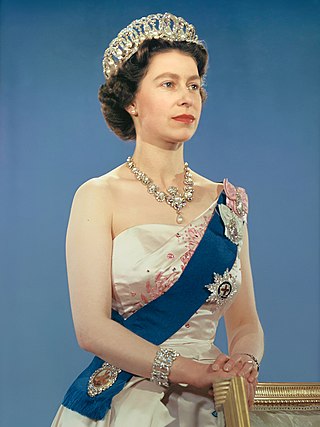
The monarchy of Barbados was a system of government in which a hereditary monarch was the sovereign and head of state of Barbados from 1966 to 2021. Barbados shared the sovereign with the other Commonwealth realms, with the country's monarchy being separate and legally distinct. The monarch's operational and ceremonial duties were mostly delegated to her representative, the governor-general of Barbados.

The monarchy of the Bahamas is a system of government in which a hereditary monarch is the sovereign and head of state of the Commonwealth of The Bahamas. The current Bahamian monarch and head of state, since 8 September 2022, is King Charles III. As sovereign, he is the personal embodiment of the Bahamian Crown. Although the person of the sovereign is equally shared with 14 other independent countries within the Commonwealth of Nations, each country's monarchy is separate and legally distinct. As a result, the current monarch is officially titled King of the Bahamas and, in this capacity, he and other members of the royal family undertake public and private functions domestically and abroad as representatives of the Bahamian state. However, the King is the only member of the Royal Family with any constitutional role.

The monarchy of Grenada is a system of government in which a hereditary monarch is the sovereign and head of state of Grenada. The current Grenadian monarch and head of state, since 8 September 2022, is King Charles III. As sovereign, he is the personal embodiment of the Grenadian Crown. Although the person of the sovereign is equally shared with 14 other independent countries within the Commonwealth of Nations, each country's monarchy is separate and legally distinct. As a result, the current monarch is officially titled King of Grenada and, in this capacity, he and other members of the royal family undertake public and private functions domestically and abroad as representatives of Grenada. However, the King is the only member of the royal family with any constitutional role.

The monarchy of Saint Lucia is a system of government in which a hereditary monarch is the sovereign and head of state of Saint Lucia. The current monarch and head of state, since 8 September 2022, is King Charles III. As sovereign, he is the personal embodiment of the Saint Lucian Crown. Although the person of the sovereign is equally shared with 14 other independent countries within the Commonwealth of Nations, each country's monarchy is separate and legally distinct. As a result, the current monarch is officially titled King of Saint Lucia and, in this capacity, he and other members of the Royal Family undertake public and private functions domestically and abroad as representatives of the Saint Lucian state. However, the King is the only member of the royal family with any constitutional role.

The monarchy of Tuvalu is a system of government in which a hereditary monarch is the sovereign and head of state of Tuvalu. The current Tuvaluan monarch and head of state since 8 September 2022 is King Charles III. As sovereign, he is the personal embodiment of the Tuvaluan Crown. Although the person of the sovereign is equally shared with 14 other independent countries within the Commonwealth of Nations, each country's monarchy is separate and legally distinct. As a result, the current monarch is officially titled King of Tuvalu and, in this capacity, he and other members of the royal family undertake public and private functions domestically and abroad as representatives of the Tuvaluan state. However, the King is the only member of the royal family with any constitutional role.
Australia is a constitutional monarchy whose Sovereign also serves as Monarch of the United Kingdom, New Zealand, Canada and eleven other former dependencies of the United Kingdom including Papua New Guinea, which was formerly a dependency of Australia. These countries operate as independent nations, and are known as Commonwealth realms. The history of the Australian monarchy has involved a shifting relationship with both the monarch and also the British government.

From 1960 to 1963, Nigeria was a sovereign state and an independent constitutional monarchy. Nigeria shared the monarch with Australia, Canada, United Kingdom, and certain other sovereign states. The monarch's constitutional roles were mostly delegated to the governor-general of Nigeria.
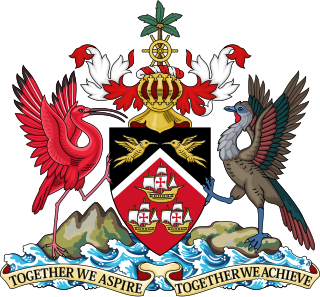
Elizabeth II was Queen of Trinidad and Tobago from the independence of Trinidad and Tobago on 31 August 1962 until the country became a republic on 1 August 1976. Her constitutional role as head of state was delegated to a governor-general, who acted on the advice of government ministers.
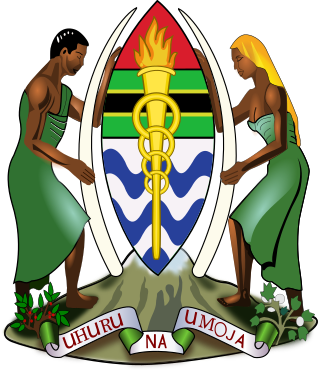
Elizabeth II was Queen of Tanganyika from 1961 to 1962, when Tanganyika was an independent sovereign state and a constitutional monarchy. She was also the monarch of other sovereign states, including the United Kingdom. Her constitutional roles in Tanganyika were mostly delegated to the governor-general of Tanganyika.
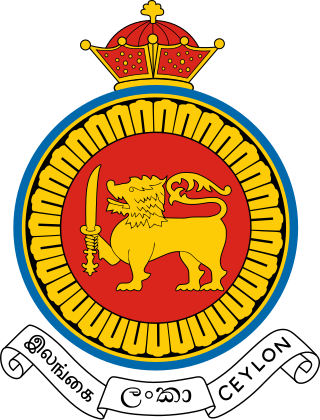
From 1948 to 1972, the Dominion of Ceylon functioned as an independent constitutional monarchy in which a hereditary monarch was the sovereign and head of state of the country. Ceylon shared the sovereign with the other Commonwealth realms, with the country's monarchy being separate and legally distinct. The monarch's constitutional and ceremonial duties were mostly delegated to their representative, the governor-general of Ceylon.

